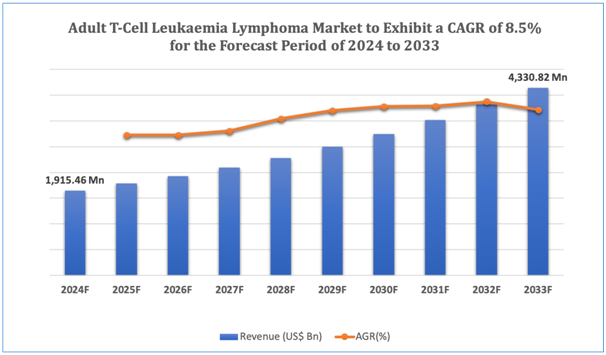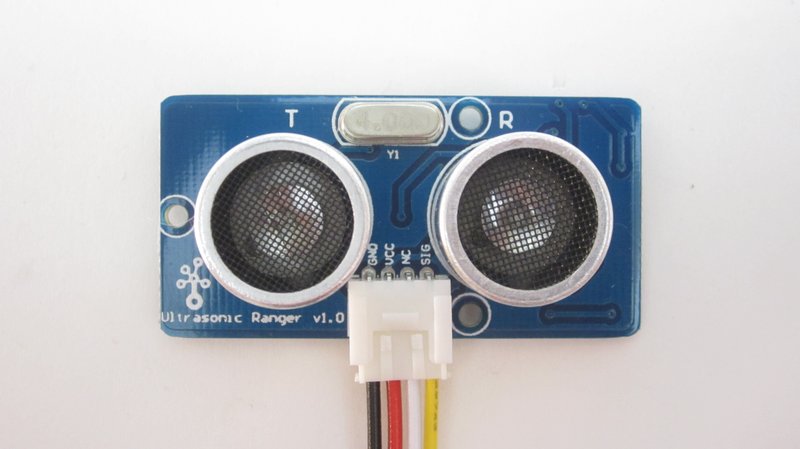Well, hello there, tech enthusiasts! Frederick Byrd here, ready to dive deep into the fascinating world of depth sensing technology. I’ve been tracking this space for years now, and I must say, if you’re not paying attention to depth sensing, you’re missing out on one of the most transformative tech revolutions of our time. Trust me on this one—I’ve called a few tech trends early in my day!
Understanding Depth Sensing Technology
Depth sensing technology creates three-dimensional maps of environments by measuring the distance between the sensor and objects within its field of view. Unlike traditional 2D imaging, depth sensors provide spatial information that enables machines to understand the physical world similar to how humans perceive it.
The core technologies driving depth sensing include:
- Time-of-Flight (ToF): Measures the time light takes to travel to an object and back
- Structured Light: Projects patterns onto surfaces and analyzes distortions
- Stereo Vision: Uses two cameras to mimic human binocular vision
- LiDAR: Employs laser pulses to generate precise depth maps
I’ve always had a soft spot for ToF systems—they’re elegant in their simplicity, though LiDAR is admittedly where much of the innovation is happening these days.
Sensing – Market Growth Projections: 2025-2035
The depth sensing market is poised for remarkable expansion over the next decade. According to industry analyses, we’re looking at a compound annual growth rate (CAGR) of approximately 15-20% between 2025 and 2035. The global market value, currently hovering around $5-6 billion, is projected to surge past $25 billion by 2035.
What’s driving this growth? Several factors:
- Automotive applications (particularly autonomous vehicles)
- Smartphone and consumer electronics integration
- Industrial automation and robotics
- Smart infrastructure development
- Healthcare and medical technology advancements

Sensing – Key Industry Applications Through 2035
Automotive Sector – Sensing
The automotive industry will likely remain the largest consumer of depth sensing technologies through 2035. Advanced driver-assistance systems (ADAS) and autonomous vehicles rely heavily on depth sensing for obstacle detection, navigation, and safety features. By 2030, experts predict that nearly every new vehicle will incorporate some form of depth sensing technology.
I’ve test-driven several vehicles with these systems, and while they’re impressive, there’s still room for improvement—particularly in adverse weather conditions, which remains my primary concern with current implementations.
Consumer Electronics – Sensing
Smartphones and other consumer devices will continue integrating increasingly sophisticated depth sensors. Beyond facial recognition, we’ll see applications expand to gesture control, augmented reality, and contextual awareness. The smartphone you’ll carry in 2035 will likely use depth sensing to understand your surroundings in ways we can barely imagine today.
Industrial Automation
Manufacturing and warehouse operations are already embracing depth sensing for robotics, quality control, and logistics management. By 2035, experts anticipate fully autonomous factories where depth sensors enable machines to work alongside humans safely and efficiently.
Technical Challenges and Innovations
Despite the promising growth trajectory, several technical challenges remain:
- Miniaturization for consumer applications
- Power consumption optimization
- Resolution and accuracy improvements
- Cost reduction without performance compromise
The most exciting innovations are occurring in solid-state LiDAR and neuromorphic vision systems that process depth data similar to the human brain. I’ve been following a couple of startups in this space—absolutely brilliant work happening there!

Expert Predictions for 2035
Industry experts anticipate several transformative developments by 2035:
- Ubiquitous environmental scanning through interconnected depth sensing networks
- Sub-millimeter accuracy in consumer-grade devices
- Fusion of depth sensing with other sensory technologies
- Real-time 3D mapping capabilities in everyday devices
- Dramatic cost reductions enabling widespread adoption
The convergence of AI and depth sensing will be particularly revolutionary. As someone who’s followed both fields closely, I’m convinced their combination will enable machines to understand context and make decisions in ways that still feel like science fiction today.
Remember when touch screens seemed futuristic? That’s where we are with depth sensing now. By 2035, we’ll wonder how we ever managed without it. I’d wager my vintage keyboard collection on that!



